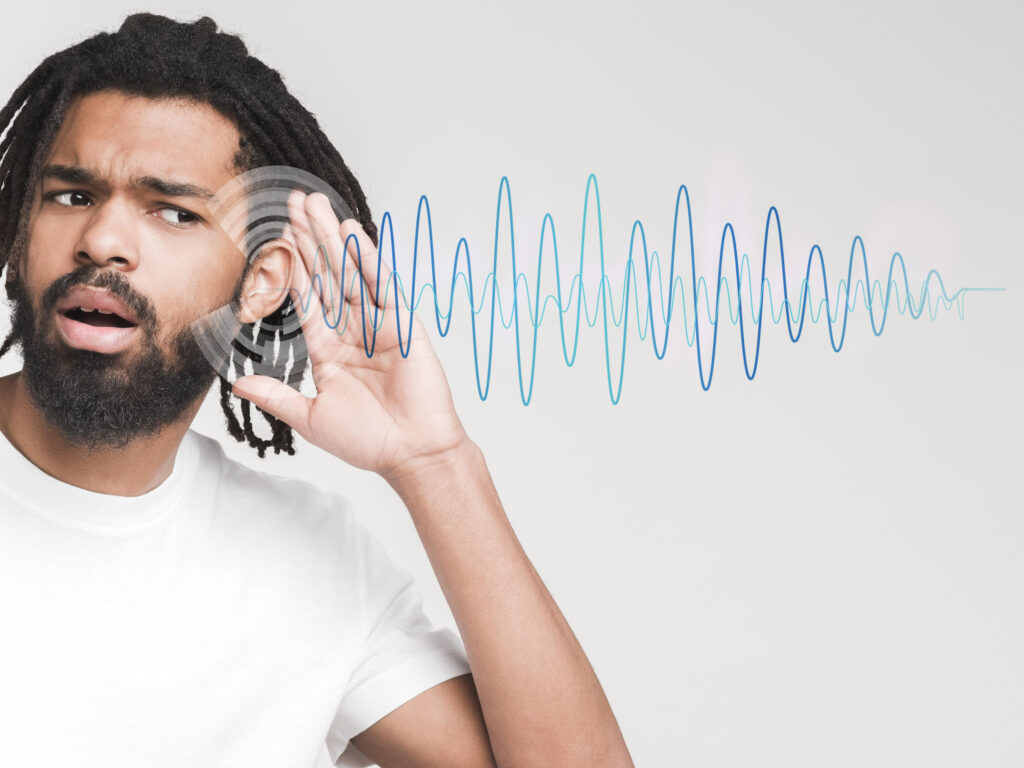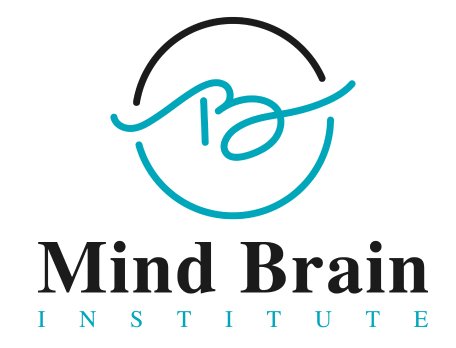
- Posted By Dr. Anuranjan Bist
- Comments 0
The landscape of brain-based treatments is expanding faster than ever. For decades, clinicians relied on medication and psychotherapy as the primary tools for mental health conditions. Over the last fifteen years, non-invasive neuromodulation techniques, like TMS and tDCS have transformed the field. But neuroscience never stops moving. The next wave of innovation is here: the Transcranial alternating current stimulation technique, or tACS technique, and the Transcranial random noise stimulation technique or tRNS technique.
These approaches are subtle, gentle, and deeply scientific. They don’t overpower the brain, they guide it. As researchers around the world explore how brain networks communicate, these two non-invasive neuromodulation techniques are emerging as powerful tools for conditions linked to disrupted brain rhythms, neuroplasticity, and cognitive control.
With global mental health disorders rising, the need for more precise non-invasive neuromodulation techniques has never been greater. Let’s discuss how tACS and tRNS are transforming the future of brain care.
Why Do We Need New Non-Invasive Neuromodulation Techniques?
The brain is a rhythmic organ. All thoughts, all feelings, all actions are based on electrical rhythms like the alpha waves to be calm, theta waves to remember some things, and gamma waves to solve some problems. The result of these oscillations going out of phase is symptoms: brain fog, anxiety, mood swings, depression, and attention. The conventional non-invasive neuromodulation methods affect the brain activity, yet they do not necessarily adjust rhythms.
It is here that the Transcranial alternating current stimulation technique, or tACS technique and the Transcranial random noise stimulation technique, or tRNS technique, come in. They are not only supposed to be stimulating to the brain, but to redirect the brainwaves to healthier patterns.
As depression, anxiety, ADHD, insomnia, and cognitive decline are increasing, clinicians require more fine-tuned tools. Neuropsychiatry is shifting to personalization, and both of these non-invasive methods of neuromodulation fit that trend.
What Is the tACS Technique?
tACS is the Transcranial alternating current stimulation technique that uses a very low electrical current that oscillates back and forth at specific frequencies. These frequencies are chosen to “entrain” or sync with the brain’s own rhythms.
Think of the brain as an orchestra. When one section falls out of rhythm, the entire performance suffers. The tACS technique works like a conductor, quietly but effectively guiding the rhythm back to balance.
The tACS technique has been studied for improving:
- Depression linked with abnormal alpha rhythms
- Anxiety associated with overactive beta waves
- Working memory and attention
- Sleep regulation
- Cognitive flexibility
Frequency-specific stimulation, such as tACS, according to recent neurophysiology findings, can affect large-scale brain networks more accurately than the conventional direct current techniques. It is non-invasive, safe, and generally well-tolerated, which makes it a useful addition to the new mental health therapies.
What Makes the tACS Technique Unique?
Unlike tDCS, which supplies a steady current, the Transcranial alternating current stimulation technique, or tACS technique, focuses on rhythm. This gives clinicians the ability to target:
- Alpha waves (8–12 Hz): calming, mood-related
- Theta waves (12–30 Hz): memory, emotional healing
- Gamma waves (30–80 Hz): cognitive processing and learning
This rhythm-based approach can potentially reset dysfunctional circuits, a core problem in depression, OCD, chronic anxiety, and cognitive disorders.
Because of its precision, the tACS technique is increasingly used in research on personalized neuromodulation. If a patient’s EEG shows sluggish alpha waves during relaxation tasks, the clinician may select the exact frequency for stimulation. This is a major step toward individualized mental health care.
What Is the tRNS Technique?
The Transcranial random noise stimulation technique or tRNS technique works very differently. Instead of delivering a predictable rhythm, it applies random and rapidly changing electrical frequencies. This “noise” sounds chaotic, but in neuroscience, noise can be incredibly powerful. It is believed that stochastic resonance is the effect that the tRNS technique activates, where random signals do, in fact, increase the responsiveness of neurons. This enhances brain plasticity and speeds up the efficiency of learning.
Studies show promising benefits of the tRNS technique in:
- ADHD
- Learning disorders
- Cognitive enhancement
- Depression and treatment-resistant mood issues
- Chronic pain
- Auditory hallucinations
- Motor rehabilitation
One pilot study tested the tRNS technique in children with math learning difficulties. The children who received tRNS during their training learned faster than those who only did the training.

How Does the tRNS Technique Enhance Brain Function?
The Transcranial random noise stimulation technique or tRNS technique has two major strengths:
Rapid boost in neuroplasticity
By introducing a wide range of frequencies, the tRNS technique makes neurons more responsive. This leads to faster and stronger learning-related changes in the brain.
Better cognitive performance
Research indicates the tRNS technique can enhance:
- Processing speed
- Memory formation
- Attention stability
- Executive functioning
The random stimulation keeps the brain “awake,” similar to how mild unpredictability sharpens awareness. For individuals dealing with cognitive fog, whether due to depression, anxiety, or long-term stress – this can be transformative.
tACS vs tRNS: How Do These Techniques Compare?
Although both fall under non-invasive neuromodulation techniques, they target different brain mechanisms:
Aspect | tACS Technique | tRNS Technique |
Mechanism | Frequency-based rhythmic entrainment | High-frequency random noise stimulation |
Primary Goal | Restore healthy brainwave rhythms | Boost plasticity and responsiveness |
Best Uses | Mood disorders, sleep, emotional regulation | Learning, ADHD, cognitive enhancement |
Experience | Gentle rhythmic pulse | Light tingling with random fluctuation |
Personalization | Highly individualized based on EEG | More generalizable across tasks |
Clinicians often prefer the tACS technique when precision and rhythm correction are needed, and the tRNS technique when the goal is to boost plasticity or improve learning. They combine to increase the range of non-invasive neuromodulation techniques and provide mental health professionals with additional options in shaping the treatment.
Safety, Tolerability, and Clinical Reality
Like all non-invasive neuromodulation techniques, both the tACS technique and the tRNS technique are safe when delivered under professional supervision.
Most common sensations include:
- Mild tingling
- Warmth under electrodes
- Light itching
- Rare skin irritation
Unlike medication, these techniques don’t interact with the liver, bloodstream, or hormones. There is no medication withdrawal, no sedation, and no systemic side effects. What matters most is proper screening, electrode placement, and individualized protocols – standards followed by expert centers like the Mind Brain Institute.
Conclusion
The demand to use effective non-invasive neuromodulation techniques is increasing as the needs of mental health increase. India is also fast adopting the concept of neuroscience in psychiatry, and clinics such as the Mind Brain Institute are facilitating the change.
The next important steps are the Transcranial alternating current stimulation technique, and the Transcranial random noise stimulation technique. They do not substitute TMS and tDCS; instead, they provide a new hope to patients who require something more specific, more personalized, and rhythm-oriented. Multisystem, personalized, and neuroscience-based mental health treatment will be the future, and these new methods are leading the next wave.
Recent Posts
- How the tACS Technique and tRNS Technique Are Shaping Modern Brain Care
- How TMS with Psychotherapy Boosts Depression & OCD Recovery
- One Day TMS a Breakthrough in Modern Brain Stimulation Therapy
- How Effective Is Light Therapy for Depression in Treating SAD
- How Does BPD Treatment Transform Life and Emotional Control?

